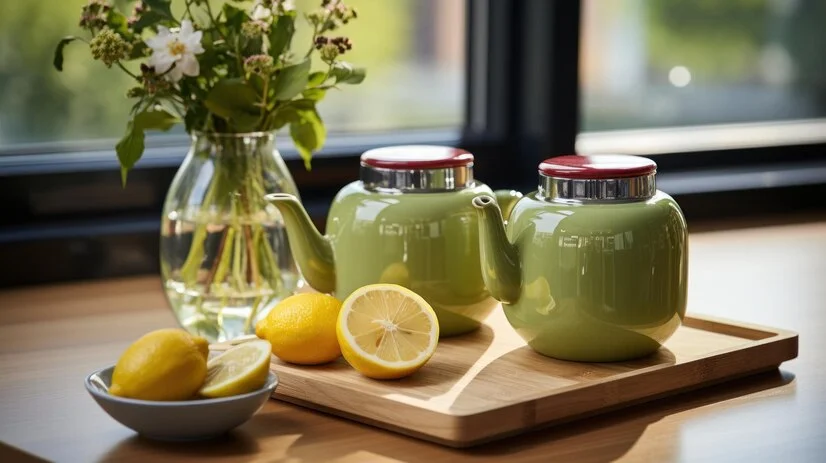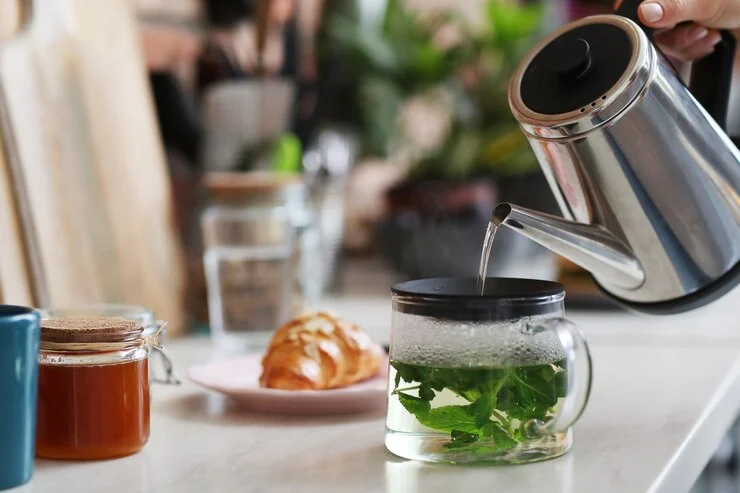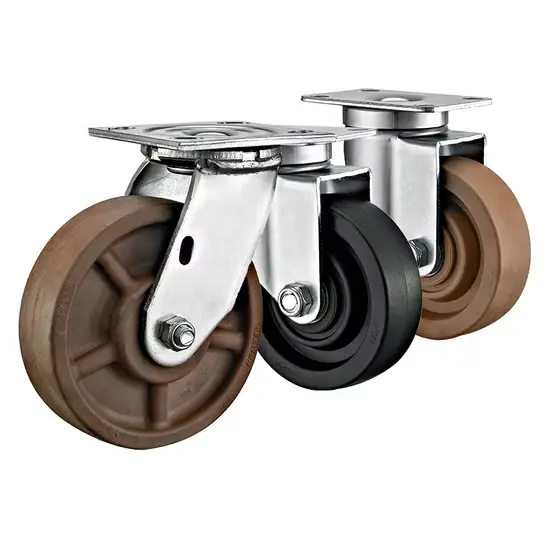Shelf Life of Sweat Tea in the Fridge, Who doesn’t love a refreshing glass of sweet tea on a sunny day? It’s one of those simple pleasures that can instantly brighten your mood. Whether you’ve made it yourself or purchased it from the store, sweet tea is a drink that brings joy to many. However, knowing how to store it properly is just as important as enjoying it.
The shelf life of sweet tea isn’t something we often think about, but it matters a lot. Improper storage can ruin the taste and even make it unsafe to drink. If you’re wondering how long your sweet tea will last in the fridge, this article has all the answers you need.
Let’s explore the factors that influence sweet tea’s freshness, how to recognize signs of spoilage, and what steps you can take to keep it tasting great for longer. By the end of this guide, you’ll be a pro at preserving your favorite beverage.
Understanding the Basics
What Makes Sweet Tea Perishable?
Sweet tea is made from water, sugar, and tea leaves. These ingredients may seem simple, but they create the perfect environment for bacterial growth if not handled correctly. Sugar, while adding sweetness, acts as food for microorganisms. Combined with water, it provides the conditions bacteria need to thrive.
Factors Affecting Shelf Life
The freshness of sweet tea depends on several factors. These include:
- Temperature: Refrigeration slows down bacterial growth, making it the best way to preserve sweet tea.
- Exposure to Air: Air can introduce bacteria, speeding up spoilage.
- Cleanliness: Using clean equipment during preparation is essential to avoid contamination.
How Long Does Sweat Tea Lasts in the Fridge?
General Guidelines
Sweet tea generally stays fresh in the fridge for 5 to 7 days. However, the exact duration depends on whether it’s homemade or store-bought.
Homemade Sweet Tea
Homemade sweet tea lacks preservatives, making it more prone to spoilage. When prepared with clean equipment and refrigerated immediately in an airtight container, it can last up to a week. However, always check for signs of spoilage before drinking.
Store-Bought Sweet Tea
Store-bought sweet tea often contains preservatives that extend its shelf life. Unopened, it can last weeks or months, depending on the best-by date. Once opened, it’s best to consume within 7 days to ensure freshness and taste.
Signs Sweet Tea Has Gone Bad
Changes in Smell: Fresh sweet tea has a pleasant aroma. If it smells sour, musty, or off in any way, it’s likely gone bad and should be discarded.
Changes in Taste: Spoiled tea may taste sour or odd. Always take a small sip to test it before drinking.
Changes in Appearance: Look out for cloudiness, mold, or sediment at the bottom. Any of these are clear signs that the tea is no longer safe to consume.
Tips to Extend the Shelf Life
· Proper Storage Techniques
Refrigeration is critical. Keep it in a fridge set below 4°C (40°F) to slow bacterial growth and maintain freshness.
· The Role of Containers
Airtight containers are essential for preserving sweet tea. Glass containers work best as they don’t retain odors or flavors.
· Avoiding Cross-Contamination
Always use clean utensils when handling sweet tea. Never dip used spoons or hands into the container, as this introduces bacteria.
Common Mistakes to Avoid
Leaving Sweet Tea at Room Temperature
Never leave sweet tea out for more than two hours. Room temperature accelerates bacterial growth, making the tea unsafe to drink.
Repeatedly Opening the Container
Every time the container is opened, air and bacteria are introduced. Pour out what you need and reseal the container promptly.
Using Unsanitised Equipment
Dirty equipment can contaminate your sweet tea, reducing its shelf life. Always clean utensils and containers thoroughly before use.
The Science Behind Refrigeration
How Cold Temperatures Slow Bacterial Growth
Refrigeration is a powerful tool in preserving sweet tea because it significantly slows bacterial activity. Bacteria thrive in warm conditions, and without refrigeration, they multiply at an alarming rate. By keeping sweet tea chilled below 4°C (40°F), the growth of bacteria is curbed, prolonging the tea’s freshness. Cold temperatures act like a pause button, reducing the speed at which spoilage occurs and giving you more time to enjoy your beverage without worry.
The Importance of Maintaining a Consistent Temperature
Consistency is key when it comes to refrigeration. Frequent temperature fluctuations can disrupt the preservation process, encouraging bacterial activity even in the fridge. For instance, if the fridge door is opened often or if the fridge is overloaded, the internal temperature can rise, allowing bacteria to thrive. To avoid this, ensure your fridge maintains a steady temperature. Store your sweet tea away from the door, where it is less likely to be affected by temperature changes, and check your fridge settings regularly to ensure optimal conditions for freshness.
Benefits of Fresh Sweet Tea

Taste and Quality
There’s nothing quite like the crisp and invigorating flavor of fresh sweet tea. It’s a beverage that delivers a satisfying balance of sweetness and the robust taste of tea leaves. When stored correctly, every sip feels refreshing, like a burst of energy on a warm day. Stale or spoiled tea, on the other hand, can taste dull, flat, or even unpleasant. Taking the effort to store sweet tea properly ensures that it remains a treat for your taste buds every time you pour a glass.
Nutritional Value
Freshly made sweet tea is not just delicious but also retains its nutritional benefits. Tea leaves are rich in antioxidants, which help combat free radicals in the body and support overall health. These antioxidants are best preserved when the tea is fresh. Spoiled tea, however, loses these beneficial compounds over time. By drinking fresh sweet tea, you’re not only enjoying a delicious beverage but also gaining potential health benefits that old or improperly stored tea can’t offer.
Conclusion
Enjoying a perfect glass of sweet tea is all about proper storage. Whether you’ve made it at home or purchased it from the store, keeping it fresh is essential. Refrigerate it promptly, use clean containers, and always watch for signs of spoilage.
When stored correctly, sweet tea can last up to a week and still taste amazing. Remember, fresh is always best, so take the time to store your tea the right way. By following these tips, you’ll always have a refreshing drink ready to enjoy.
By learning how to preserve its freshness, you ensure every sip is as delightful as the first.
FAQs:
Can You Freeze Sweet Tea?
Yes, you can freeze sweet tea to extend its shelf life. To freeze, pour it into an airtight container, leaving some space for expansion. Keep in mind that freezing may slightly alter the flavor and texture. For best results, consume frozen sweet tea within 2 to 3 months.
Drink Sweet Tea After a Week Is Safe?
It depends on storage conditions. If refrigerated promptly and kept in a sealed container, it may still be safe. Always check for spoilage signs like a sour smell, taste, or unusual appearance before consuming.
Does Adding Lemon Affect Shelf Life?
Yes, adding lemon can slightly extend the shelf life of sweet tea by lowering its pH, which slows bacterial growth. However, this effect is minimal, and proper refrigeration remains essential to keep the tea fresh and safe to drink.
How Long Does Sweet Tea Last Without Refrigeration?
It should not be left out at room temperature for more than two hours. Beyond this period, bacteria can grow rapidly, making the tea unsafe to consume. Always refrigerate sweet tea promptly to ensure its safety and quality.
Can Old Sweet Tea Make You Sick?
Yes, drinking spoiled sweet tea can cause foodborne illness. Symptoms may include nausea, stomach cramps, vomiting, and diarrhea. To avoid this, discard any tea that shows signs of spoilage, such as a sour smell, cloudy appearance, or off taste.








